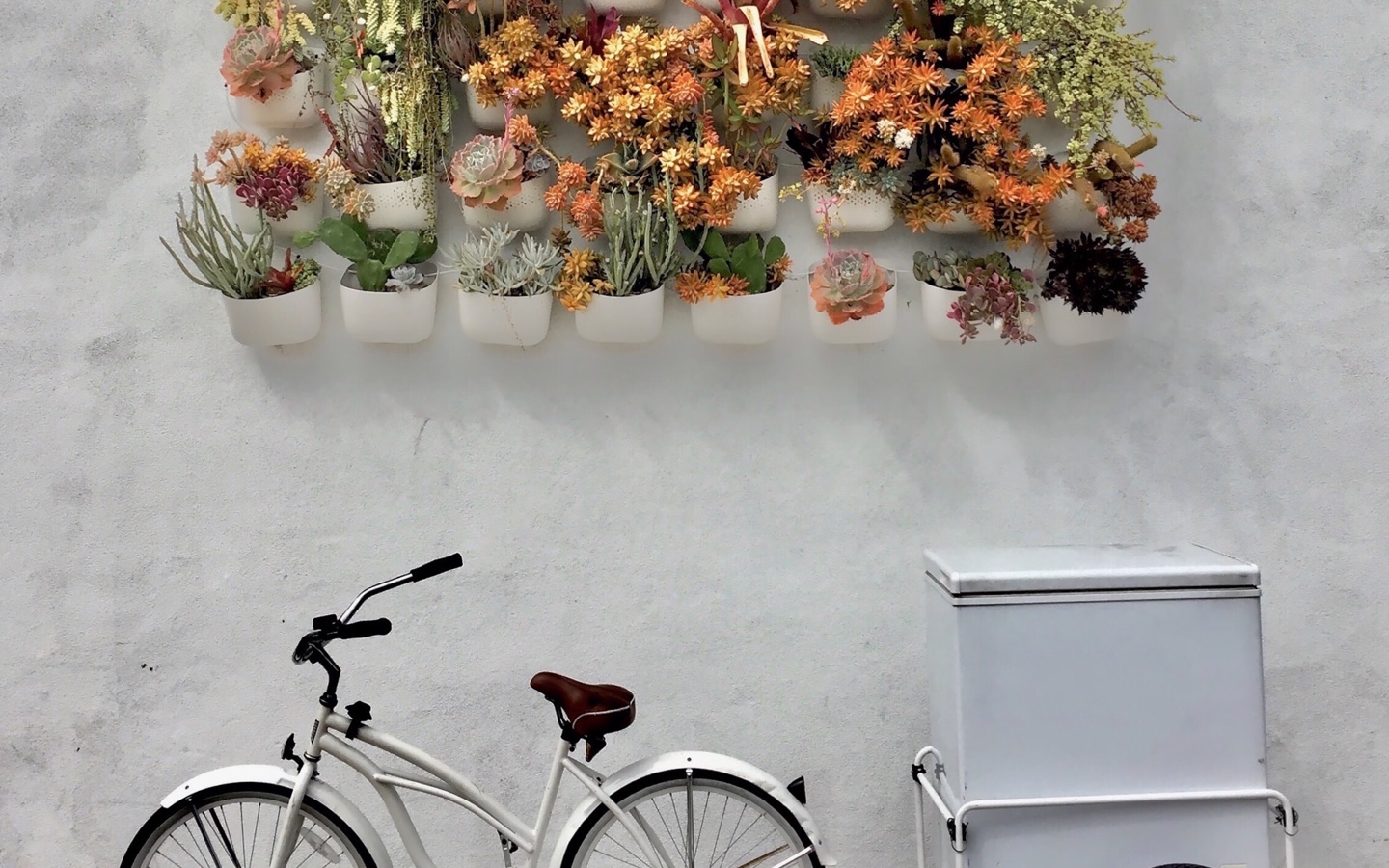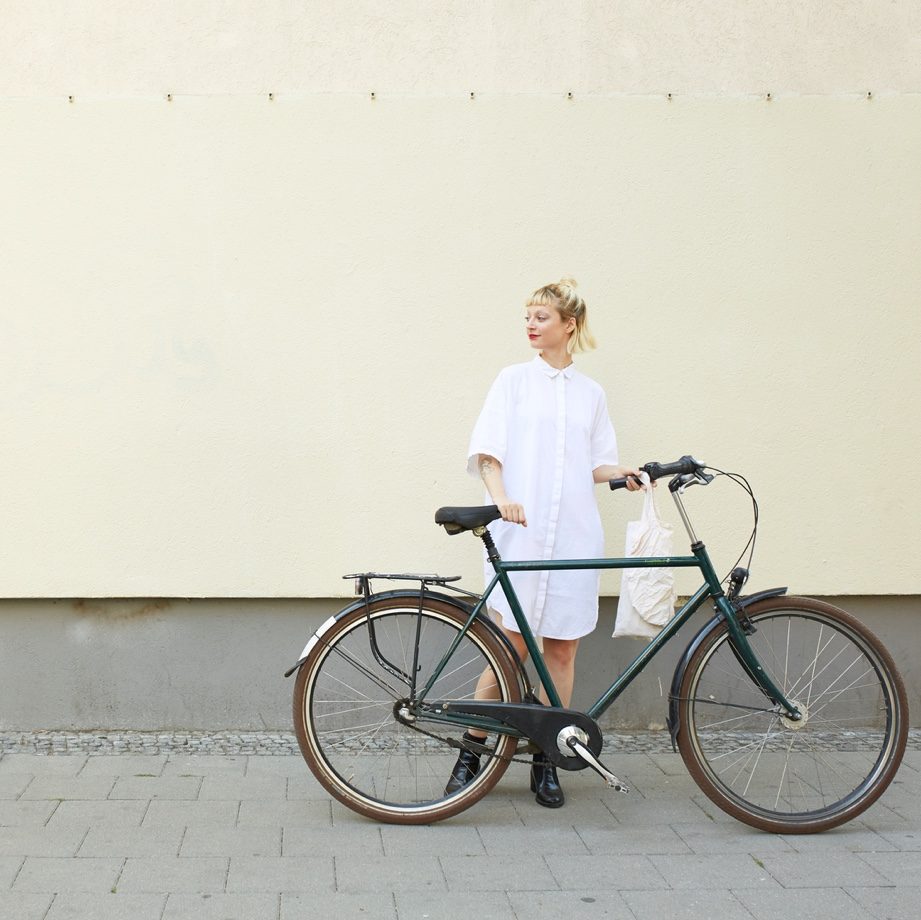Bógota’s first efforts to champion bike riding helped change the face of urban design across the globe.
In the early 1970s, Jaime Ortiz Mariño began organizing a group of bike riders around the idea that bicyclists were essential to a livable city. Known to wear lights around their ankles, Mariño and his cohort pedaled through the streets of Bógota, Colombia, every Wednesday night trying, with each ride, to bring new devotees to their cause.
While Bógota was once a city where anything could be delivered by bicycle, by the 1970s, it began to follow the blueprint of suburban sprawl and car culture that the United States was just pioneering. That vision of the city, which had traded density for breadth, made highways kings. And with cars at the center of urban design, homes and places of work could be separated by vast stretches of road.
On a Sunday in December 1974, Mariño, who had also founded a bike shop in Bógota, organized the city’s first Ciclovia, an event that invited bicyclists (pedestrians and roller skaters, too) to ride through major thoroughfares usually overtaken by car traffic. Streets like La Septima, one of the biggest in the city, were officially closed to automobiles. Twenty years later, hundreds of miles of bike paths were installed throughout Bógota and the Ciclovía was instituted as a weekly event celebrating bicycles and bringing together residents from different parts of the city otherwise divided by class.
After passing its own Cyclists Bill of Rights through the city council in 2008, which asserted that cyclists “are the ‘indicator species’ of a healthy community,” Los Angeles began hosting what was dubbed the CicLAvia in 2010. While not a weekly occurrence, six CicLAvias were held in the city in 2020 alone, opening up streets into temporary park space and garnering “five times more people…during event days than are using all of the other parks in the city of Los Angeles combined.” Brussels, Melbourne, Halifax, Guatemala City, and other cities in countries across the world have followed suit, organizing temporary road closures to build consensus around permanent bicycle infrastructure, much like Bógota’s first Ciclovía.
With the rise of COVID-19, the need for more flexible and responsive forms of transportation, as well as open space for social distancing, has only hastened shifts in bicycle and pedestrian-centered urban design. Beginning in June, Montreal introduced more than 300 kilometers of temporary bike and pedestrian trails in an effort to connect the city’s green spaces. Though controversial, 20 streets in Seattle, already temporarily closed for walking and biking at safe distances, were permanently closed that same month. In Bógota, the Ciclovía was opened other days of the week to help bypass heavy traffic, with certain bike shares free to healthcare workers. In Wuhan, China, bike sharing surged in the days after the city’s lockdown lifted. Ridership also saw huge boosts in Philadelphia, New York, and Chicago, where trail use increased by upward of 50 percent.

These efforts build off of a concomitant trend toward permanently restructuring the layouts of major cities once dictated by the rigid urban planning of the Automobile Age. In 2007, Mikael Colville Andreson founded Copenhagenize Design Co., a Danish urban planning firm dedicated to implementing creative solutions across the globe that revive the practice of urban bicycling. Since 2011, the Copenhagenize Index has also ranked the most bike-friendly cities in the world based on everything from well-maintained bicycle infrastructure, amount of parking in a given city, and equal gender balance among bicycle users. In 2019, Copenhagen was number one. Bógota, which is also the most congested city in the world, came in at number 12. Here’s a list of the most bike-friendly cities in the U.S.
Still, there is a lot of work to be down toward investing in equitable bicycle infrastructure. In the U.S. at least, most efforts have tended to focus on wealthy riders, despite the fact that the largest contingent of Americans riding bikes to work make less than $50,000 a year.
If you’re looking to get into the bike game, or want to help others do so, there are many bike cooperatives in cities throughout the U.S., like the Bikery in Seattle or Chainbreaker Collective in Santa Fe, both nonprofits where you can use the tools and space in return for your volunteer time helping others. Pilsen’s Working Bikes cooperative has rebuilt some 50,000 bikes and sent them to countries around the world (you can sponsor a bike donation or even a flat fix). But if your vision for change is bigger, here are a few ways to implement open streets programs in your city. And with bike sharing possibilities exploding in cities pretty much everywhere, hopping onto a bike is easier — and healthier — than ordering a Lyft.
Read more: E-bike sales are exploding. Efficient, easy, fun, clean — here’s why they’re so great.

Shop Pillows
The Essential Organic Pillow Collection
Gentle, breathable, non-toxic support.






